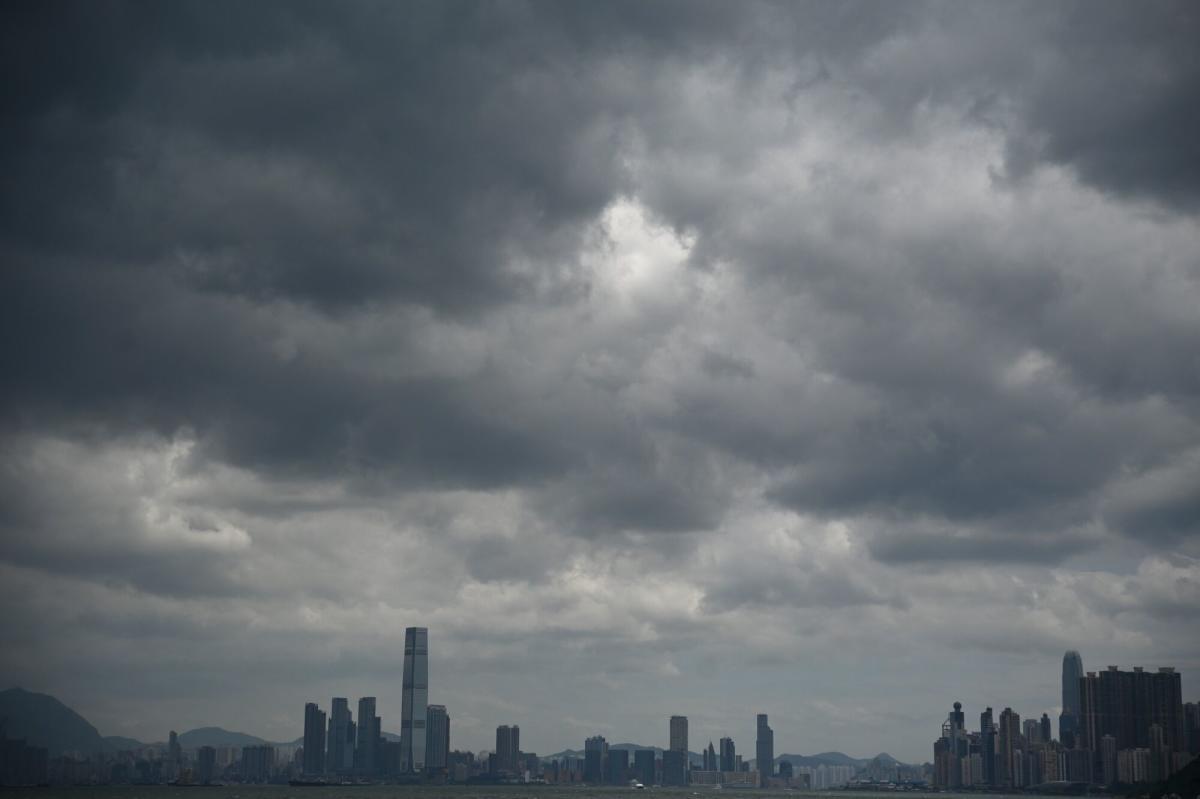(Bloomberg) — Hong Kong is expected to scrap trading of its $4.9 trillion stock market on Friday as the city extends a storm warning due to Super Typhoon Yagi, which skirted the region overnight toward southern China.
Most Read from Bloomberg
The morning session has already been halted by the exchange, but the city’s weather bureau said that the Typhoon Signal 8 was expected to remain in force until 12:40 p.m. Under the stock exchange’s current rules, if the alert isn’t lowered by noon, afternoon trading will be canceled.
This will likely be the last time a typhoon forces a halt to the exchange, with the financial hub ending its decades-long practice of shutting markets during typhoons from Sept. 23. Hong Kong last halted trading in September of last year following the heaviest rainstorm since records began in 1884.
The halt comes at a time when the city has been putting efforts to boost the liquidity and improve the appeal of its flagging stock market through measures, including stamp-duty cuts on stock trading last year. The benchmark Hang Seng Index has shed more than 5% over the past 12 months, underperforming most global gauges.
The city’s weather bureau issued the Signal 8 on Thursday evening. It’s the third-highest alert and a warning for gale or storm force winds. Train operator MTR Corp. said rail services will operate at limited frequencies, while the government had already announced the suspension of school classes on Friday.
Hong Kong International Airport, one of the world’s top passenger and air cargo hubs, was largely operating as normal with around 200 flights cut, affecting around 20% of daily air traffic.
Yagi is now about 400 kilometers south-southwest of Hong Kong and heading toward Hainan Island. The storm has maximum sustained winds of 130 knots (241 kilometers) per hour, according to the Joint Typhoon Warning Center. The system is equivalent to a Category 4 hurricane, which is considered a major storm that has the capacity to inflict catastrophic damage.
At Haikou on Hainan, all flights in and out of the main airport in were canceled, and most services in and out of Sanya airport were scrapped. Cancellations at the two major airports have affected almost 1,000 flights, data from Chinese flight tracker VariFlight showed.
–With assistance from Dominic Lau and Danny Lee.
(Updates details throughout.)
Most Read from Bloomberg Businessweek
©2024 Bloomberg L.P.

